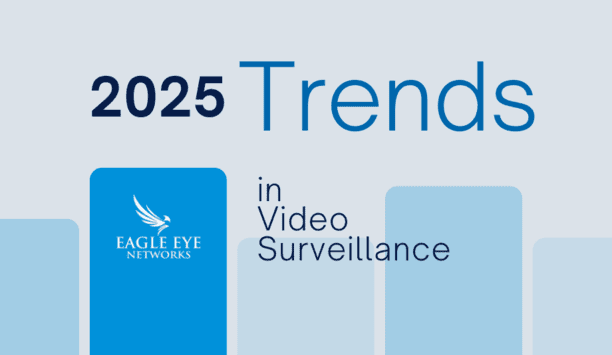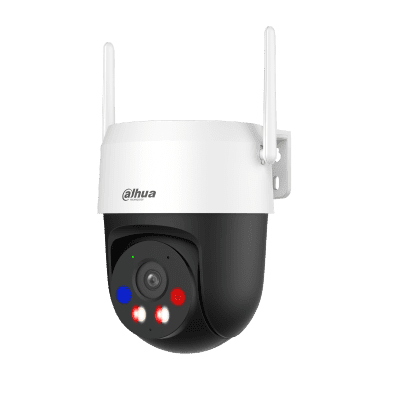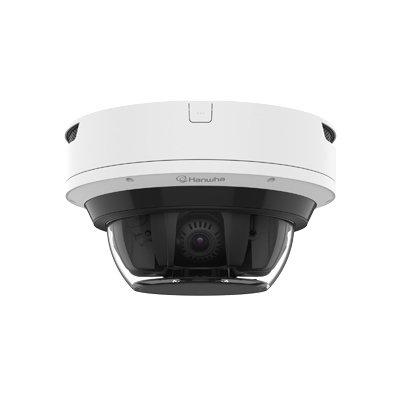Managing dozens or hundreds of expensive mobile assets is a tough job. Fortunately, today's fleet managers have plenty of software and hardware options to make it easier, from sophisticated in vehicle telematics systems to back-end scheduling and logistics software.
These tools help fleet managers control costs, reduce risks and improve driver accountability. All of these benefits depend on the ability to correctly identify individual drivers or users and control who has access to vehicles, equipment or systems.
Municipal transportation systems
The fleet management market encompasses not only commercial trucking fleets but also government and public utility fleets, car share/bike share services, municipal transportation systems, material handling equipment for warehouses, and specialty markets such as airport service vehicles. All of these market segments can benefit from easy, effective user authentication and access control systems.
- User authentication is the ability to correctly identify an individual user and match their information to the vehicle, equipment or systems they are using.
- Access control is the ability to ensure that only authorised users are able to gain access to an asset or system.
Protecting valuable physical assets
User authentication and access control solutions help fleet managers protect valuable physical assets
User authentication and access control solutions help fleet managers protect valuable physical assets, monitor driver safety and productivity, and streamline compliance activities. At their simplest, they ensure that the right driver is accessing the right vehicle or equipment. But they can also link driver identities to scheduling, time and-attendance, behavioural management, and compliance systems.
For many applications, the simplest solution for user authentication and access control starts with something most company employees already carry: an ID badge equipped with a radio frequency identification (RFID) tag. RFID systems are easier to manage and more secure than physical keys or password/PIN systems.
Physical key management
RFID-enabled user authentication and access control systems can help fleet managers improve security and enable tracking for a broad range of devices and software systems. RFID readers enable drivers to unlock a vehicle with their ID badge rather than a physical key. The ignition key can simply be stored in the glove compartment. This improves security and significantly reduces administrative time and headaches associated with physical key management.
Doors can be set to unlock only for the driver assigned to the vehicle that day or to managers with override authorisation. Have a last minute switch in drivers of vehicles due to a driver's illness or a mechanical breakdown? No problem—access rights can be switched instantly from a central software system, with no need to track down drivers to swap physical keys. These systems are ideal for environments where vehicles or equipment are shared among many users, such as warehouses, airports or car share/bike share services.
Fleet management industry
Telematics systems allow fleet managers to track the movement of vehicles in real time using GPS
In-vehicle telematics systems have transformed the fleet management industry over the last 20 years. Telematics systems allow fleet managers to track the movement of vehicles in real time using GPS. In addition to tracking, they may be used to enable remote vehicle diagnostics, fuel management and dynamic scheduling.
When driver identities can be accurately confirmed and linked to the vehicle, they can also be used to monitor driver behaviours. Behavioural management systems linked to telematics data improve driver safety and accountability and allow companies to determine when additional training or disciplinary measures are needed. Alternatively, they can be used to incentivise positive behaviours.
User authentication systems
Fleet managers must ensure that their companies are in compliance with federal and state regulations for commercial drivers. User authentication combined with telematics data can be used to monitor individual driver compliance with Hours of Service (HOS) rules and other regulations. Compliance systems can also ensure that drivers whose commercial licenses have expired or who have not completed required training are not able to access vehicles or equipment they are not currently authorised to operate.
User authentication systems can replace manual reporting of hours worked for payroll and attendance purposes; when the driver access the vehicle with his ID badge, he is also checked in to HR systems as present and on the job. Time-and-attendance and telematics data linked to individual drivers can be used for productivity analysis and employee reviews.



















